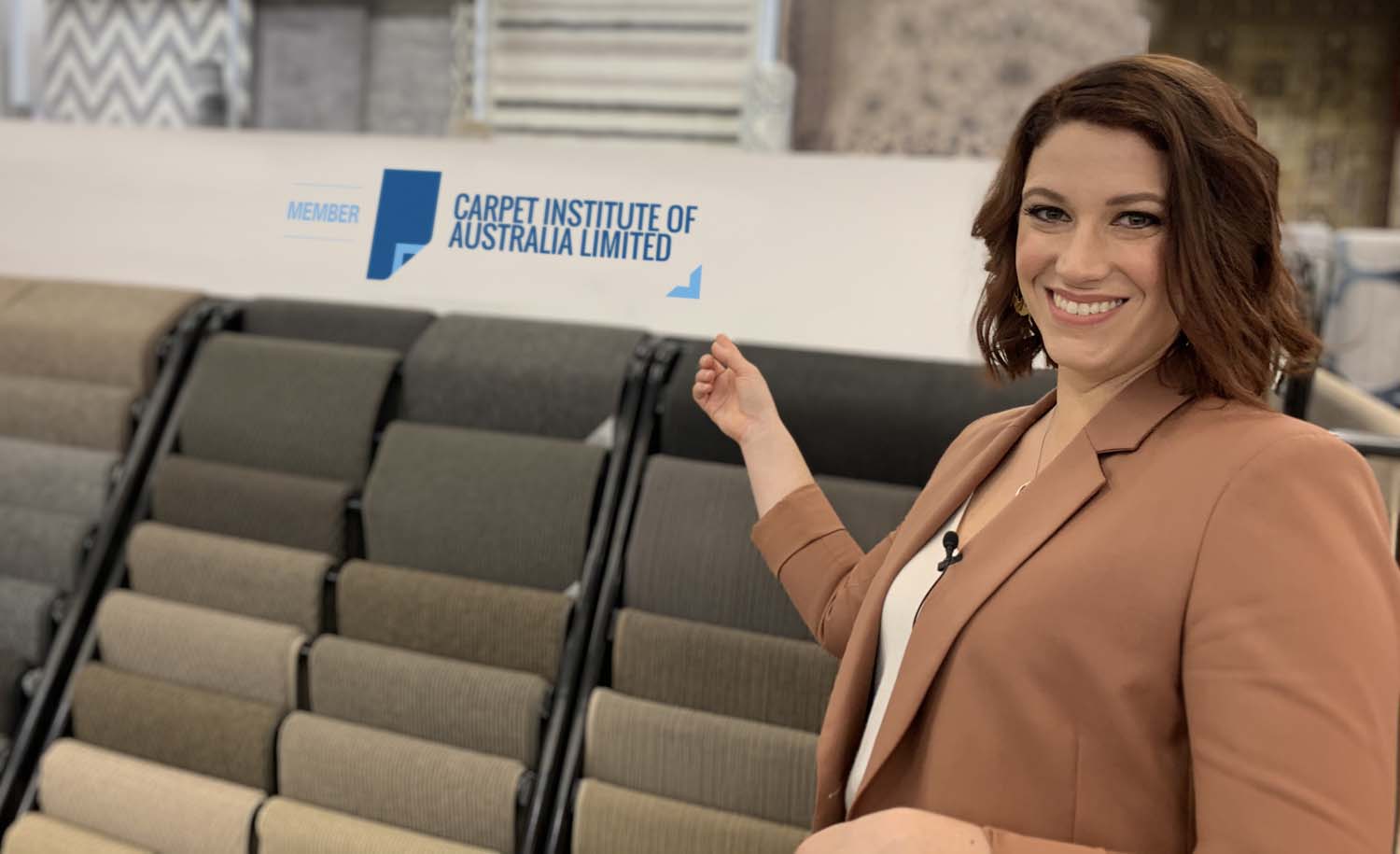Video Transcript
Have you ever noticed that you sneeze more when you move from a carpeted area into a room with hard floors?
Hi, I’m Rochelle Morris, an interior designer, and I’m here at one of Grollo’s display homes to talk to you about the amazing ability carpet has to clean the air we breathe.
We’re all hyper aware of the hazards of pollution these days, whether that be rubbish clogging our oceans or recyclable materials being dumped in landfills. Just as important, although far less visible, is air pollution within our homes.
As Australians, we like to think of ourselves as pretty outdoorsy people, so it may surprise you to learn that we typically spend about 90% of our time indoors. We don’t always think about the quality of the air inside our homes.
Several things contribute to poor air quality, such as dust suspended in the air and volatile organic compounds, or VOCs, released by normal household items such as perfume, deodorants and detergents. There’s really no getting away from them, but there are ways to reduce the amount we breathe in.
Carpet is actually one of the best ways to purify the air inside our homes. This is because materials such as timber and tiles don’t hold on to dust, so it spends more time circulating in the air.
Carpet, on the other hand, traps dust and VOCs in the pile and prevents us from breathing them in. This is particularly important for those suffering from allergies such as asthma and hayfever. In fact, arecent study has found that carpet can reduce the amount of dust in the air by 50% compared to hard surface floors.
This means that when you vacuum your carpet, you’re actually removing far more dust and particles from your home than when you vacuum timber floors.
And, as you can see, carpet is not only functional, it’s also incredibly stylish. Just look how it lends this bedroom a luxurious feel, both in the design and the texture underfoot.
Allergies are on the rise across the world, and more prevalent in Australia than anywhere else. Havingclean air in our homes is more important than ever, and carpet is one of the best ways to achieve this.

